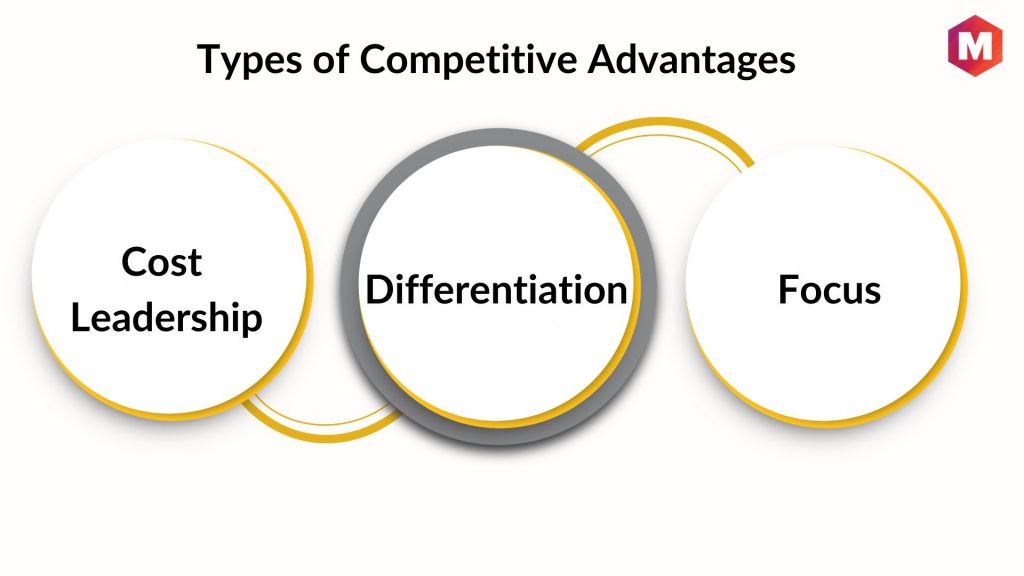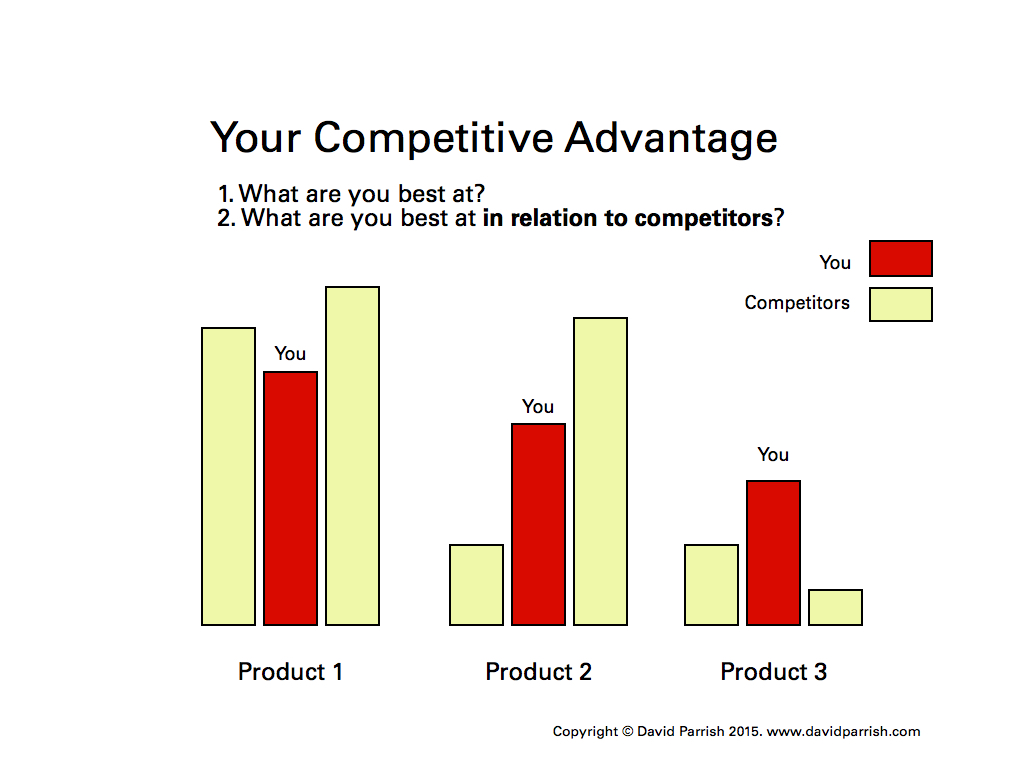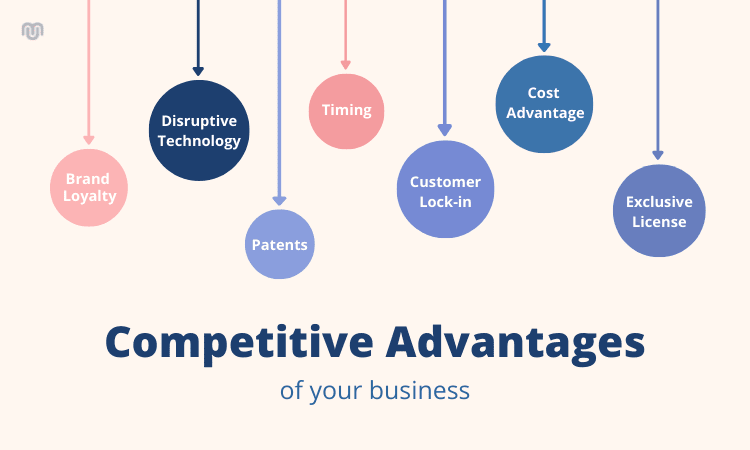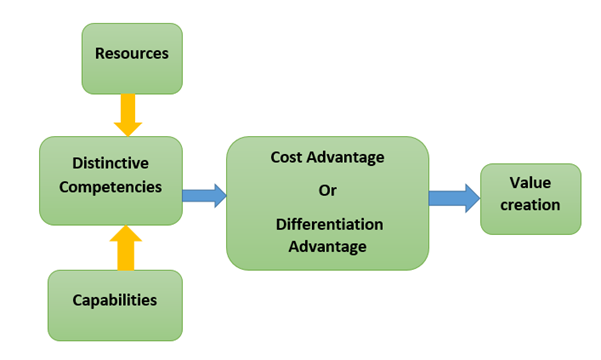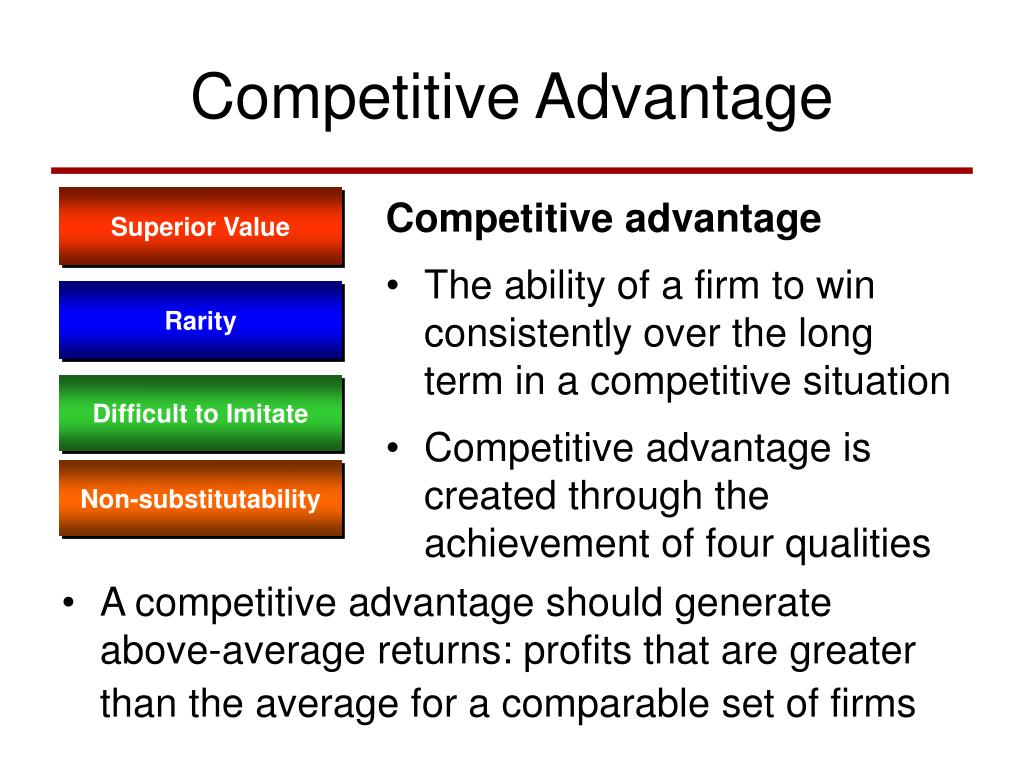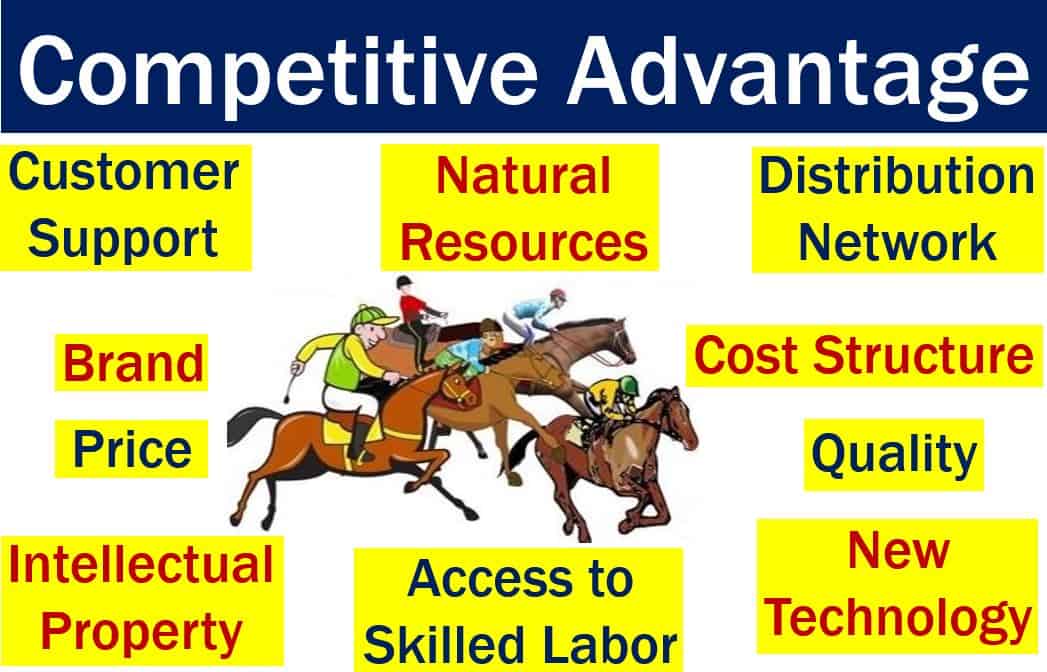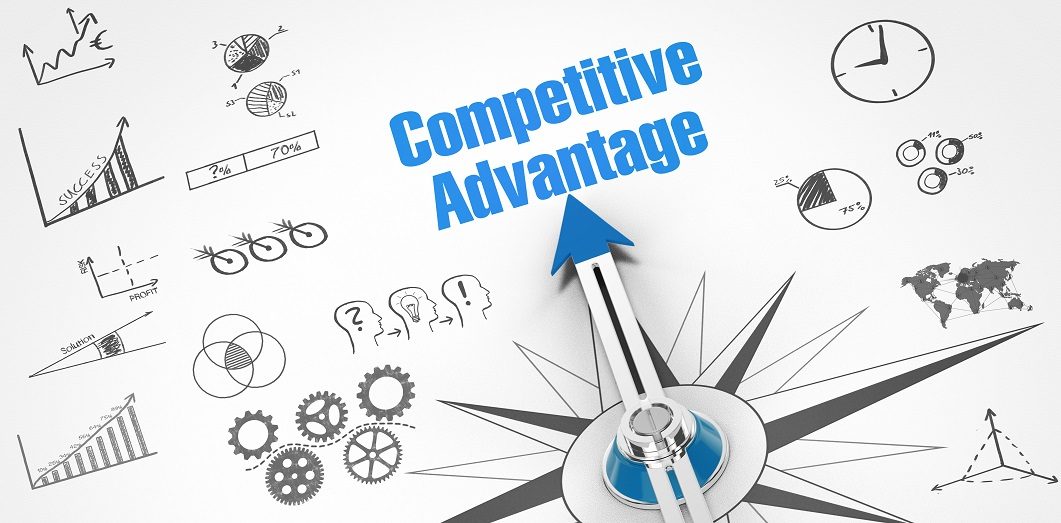Competitive Advantage Goes To The Firm That Achieves The

The aroma of freshly brewed coffee mingles with the quiet hum of keyboards in a sun-drenched office overlooking the bustling city. A team huddles around a whiteboard covered in diagrams and sticky notes, their faces illuminated by the glow of the screen. They aren't just brainstorming; they're strategizing, dissecting market trends, and meticulously crafting the next move in their quest for that elusive edge.
At the heart of every successful business, from the corner bakery to the multinational corporation, lies the pursuit of a competitive advantage. This isn't merely about being good; it's about being better, different, and more valuable to customers than the competition. In today's rapidly evolving global landscape, the firm that decisively achieves and maintains a sustainable competitive advantage is the one poised to not only survive but thrive.
The Foundation: Understanding Competitive Advantage
The concept of competitive advantage isn't new. Michael Porter, a renowned Harvard Business School professor, popularized the concept in his seminal work, "Competitive Advantage: Creating and Sustaining Superior Performance."
He argued that companies could achieve superior performance through either cost leadership or differentiation.
Cost leadership involves becoming the lowest-cost producer in the industry, allowing the company to offer products or services at lower prices than competitors.
Differentiation, on the other hand, focuses on creating unique and desirable products or services that customers perceive as superior, justifying a premium price.
These are still valid foundations but much has evolved since the initial framework.
Beyond Cost and Differentiation: The Evolving Landscape
While cost leadership and differentiation remain relevant, the modern business environment demands a more nuanced approach. Technological advancements, globalization, and shifting consumer preferences have disrupted traditional business models. This forces companies to adapt and innovate continuously.
Simply offering a cheaper product or a slightly better feature isn't enough to guarantee long-term success.
A firm must now consider factors like agility, sustainability, and customer experience.
Agility refers to a company's ability to rapidly respond to changing market conditions and customer needs. This requires a flexible organizational structure, a willingness to experiment, and a culture of continuous learning.
Firms that can quickly adapt to new technologies or emerging trends are more likely to gain a competitive advantage.
Consider the rise of Netflix, which disrupted the traditional video rental market by embracing streaming technology and adapting its business model to meet evolving customer preferences.
Sustainability is no longer a niche concern but a core business imperative. Customers are increasingly demanding environmentally and socially responsible products and services. Companies that integrate sustainability into their business operations can attract and retain customers, enhance their brand reputation, and gain a competitive edge.
Unilever, for instance, has embraced sustainable sourcing and manufacturing practices.
This not only reduces its environmental impact but also appeals to environmentally conscious consumers.
Customer Experience (CX) has emerged as a critical differentiator. In an age of abundant choices, customers are drawn to companies that provide exceptional service and personalized experiences. Firms are investing heavily in understanding customer needs, improving online and offline interactions, and building lasting relationships.
Amazon, known for its customer-centric approach, leverages data analytics to personalize recommendations, provide fast and reliable shipping, and offer seamless customer service.
These investments contribute to high levels of customer loyalty and a strong competitive advantage.
The Role of Innovation and Technology
Innovation is the lifeblood of competitive advantage. Companies that consistently develop new products, services, and processes are more likely to stay ahead of the competition.
This requires a culture that encourages creativity, experimentation, and risk-taking.
Apple, known for its innovative products and design, has consistently disrupted the consumer electronics industry. They invest heavily in research and development and fostering a culture of innovation.
Technology plays a crucial role in driving innovation and enabling companies to achieve a competitive advantage. Artificial intelligence (AI), cloud computing, and the Internet of Things (IoT) are transforming industries and creating new opportunities.
Companies can use AI to automate tasks, personalize customer experiences, and gain insights from vast amounts of data.
Google, for example, leverages AI to power its search engine, personalize advertising, and develop new products and services.
"The key to creating a sustainable competitive advantage is to focus on what you do best, innovate relentlessly, and adapt quickly to change." - Jack Welch, former CEO of General Electric
Building a Competitive Advantage: A Practical Approach
Achieving a competitive advantage requires a strategic and systematic approach. A firm has to conduct a thorough analysis of its internal strengths and weaknesses as well as external opportunities and threats.
This involves assessing the company's resources, capabilities, and market position.
The company should also analyze the competitive landscape, identify key competitors, and understand their strategies.
Based on this analysis, the company can develop a strategy that leverages its strengths, addresses its weaknesses, and capitalizes on opportunities.
This strategy should focus on creating value for customers and differentiating the company from the competition.
The company should also establish clear goals and metrics to track its progress.
Building a competitive advantage is not a one-time effort, but an ongoing process. The company must continuously monitor its performance, adapt to changing market conditions, and innovate to stay ahead of the competition.
This requires a commitment to continuous improvement and a willingness to experiment with new ideas.
Leaders must foster a culture of learning, collaboration, and innovation.
The Human Element: People as the Ultimate Differentiator
While technology and innovation are essential, the human element remains a critical differentiator. A company's employees are its most valuable asset. Their skills, knowledge, and creativity can be a significant source of competitive advantage.
Investing in employee training and development can enhance their capabilities and improve their performance.
Southwest Airlines, known for its employee-centric culture, empowers its employees to provide exceptional customer service.
Creating a positive and supportive work environment can also boost employee morale and productivity.
This involves fostering a culture of trust, respect, and open communication.
Companies that prioritize employee well-being are more likely to attract and retain top talent.
Looking Ahead: The Future of Competitive Advantage
The future of competitive advantage will be shaped by several key trends. These include the increasing importance of data analytics, the rise of the platform economy, and the growing emphasis on purpose-driven businesses.
Companies that can effectively leverage data analytics to understand customer needs and predict market trends will have a significant advantage.
Businesses which adopt to a more data drive approach will have a more keen understanding of its customer.
The platform economy, characterized by digital platforms that connect buyers and sellers, is transforming industries and creating new opportunities for competitive advantage.
Companies can use platforms to reach new customers, scale their operations, and create network effects.
Uber, for example, has disrupted the transportation industry by creating a platform that connects drivers and riders.
Purpose-driven businesses, committed to addressing social and environmental challenges, are gaining popularity among consumers and employees.
Companies that align their business goals with a social purpose can attract and retain customers, enhance their brand reputation, and create a competitive advantage.
Patagonia, known for its commitment to environmental sustainability, has built a loyal customer base and a strong brand reputation.
The Enduring Quest
As the sun begins to set, casting long shadows across the office, the team continues their work, refining their strategy and pushing the boundaries of innovation. The quest for competitive advantage is a never-ending journey, one that requires constant vigilance, adaptation, and a relentless pursuit of excellence. In the ever-evolving landscape of business, the firm that embraces change, prioritizes its customers, and empowers its people will be the one that ultimately triumphs.
This is more than just business; it's about creating lasting value and making a meaningful impact on the world.
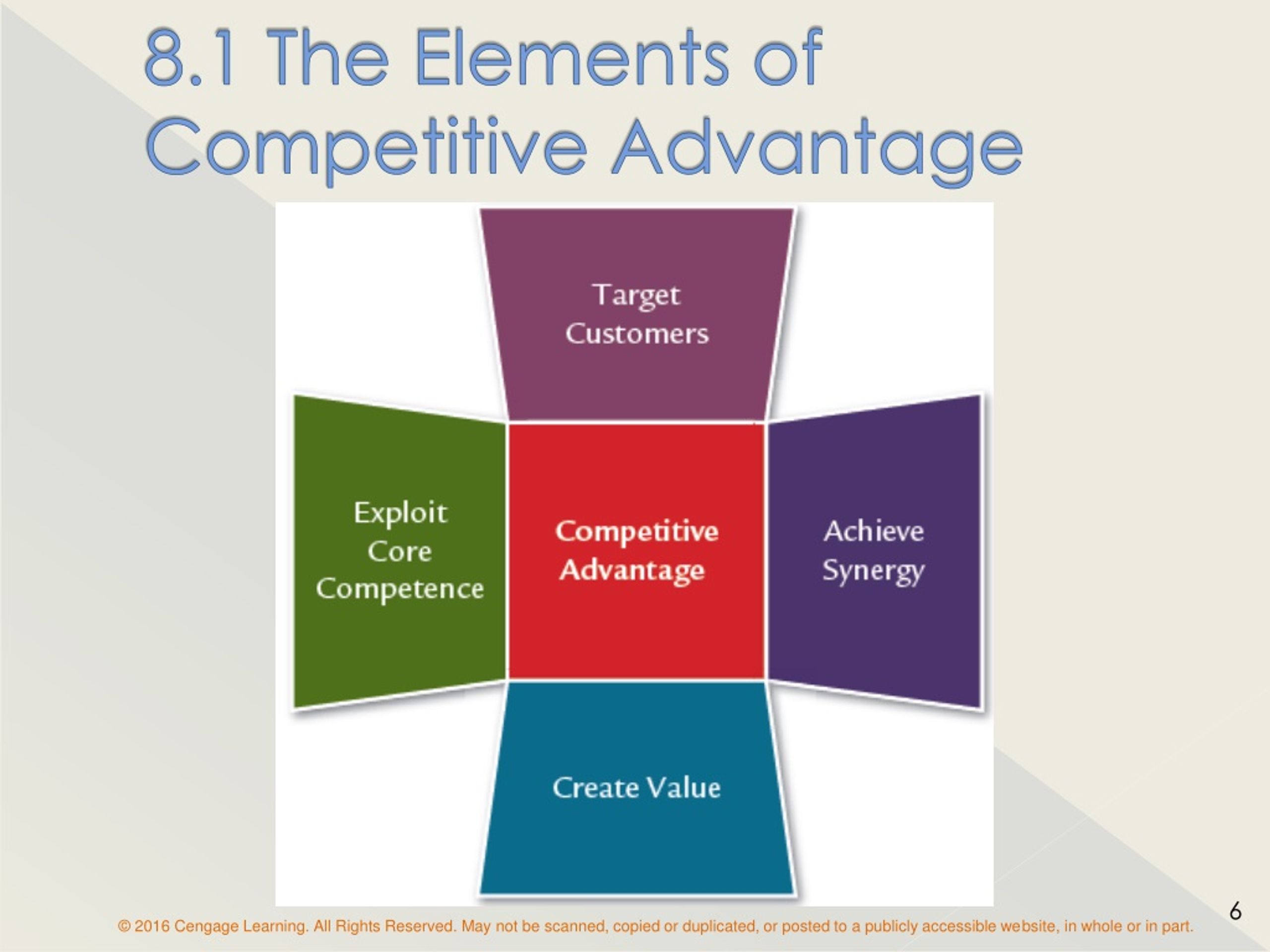
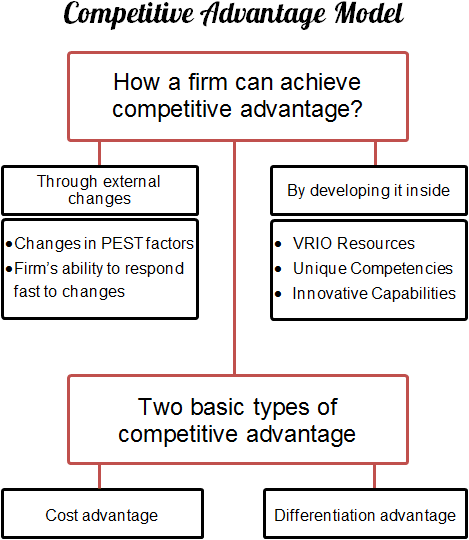

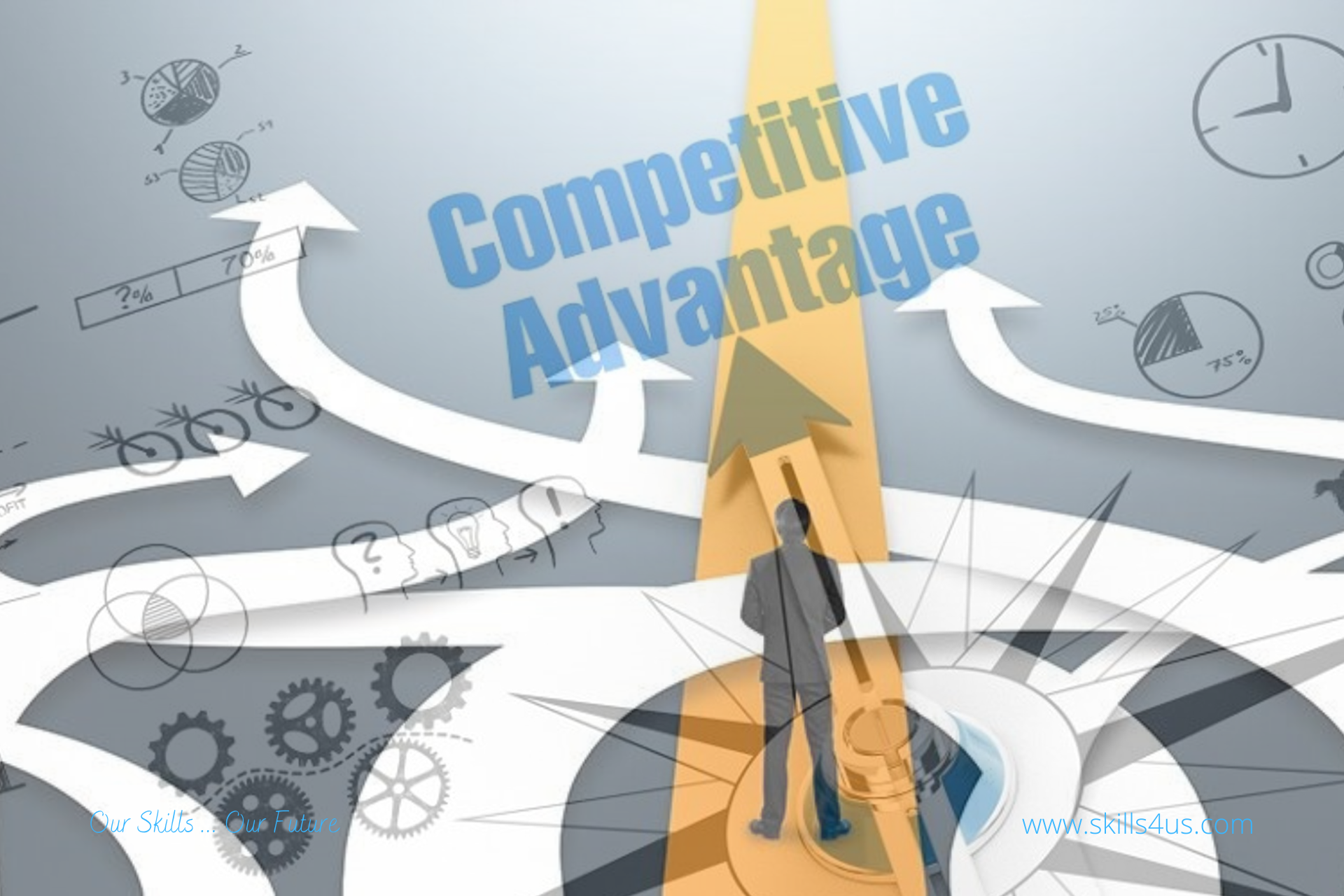

:max_bytes(150000):strip_icc()/what-is-competitive-advantage-3-strategies-that-work-3305828_FINAL-5b87022bc9e77c002524e634.png?resize=640%2C427&ssl=1)

